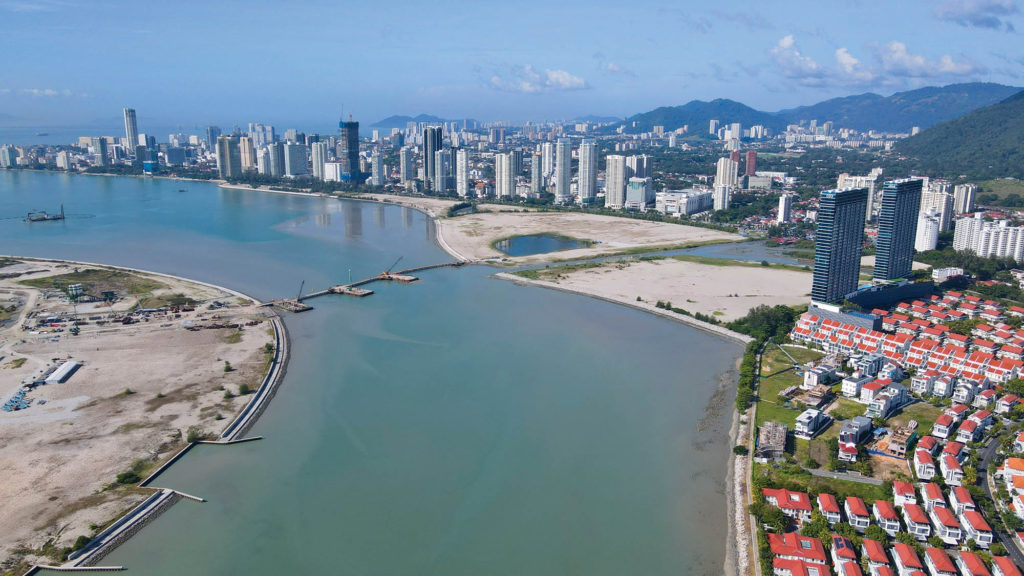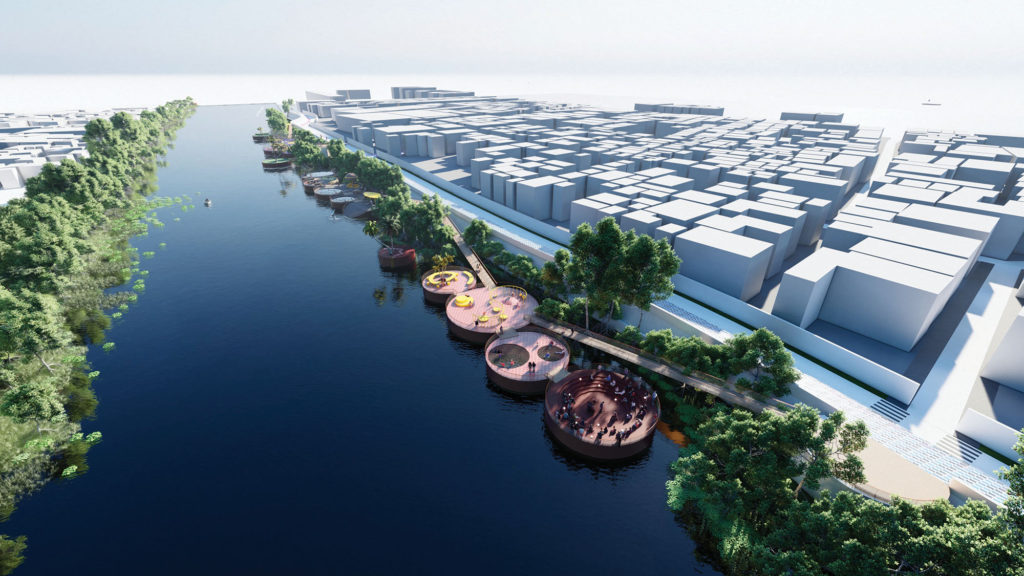Asia has been growing at a staggering rate for quite some time now (both figuratively and literally). From Dubai, China to Malaysia, land reclamation is nothing new as the furious demand for a variety of developments has fuelled the creation of coastal reclamations from the sea. According to public projects published since 1990, China is […]
Read More… from Land Reclamation in Asia: Is eco-engineering possible?



